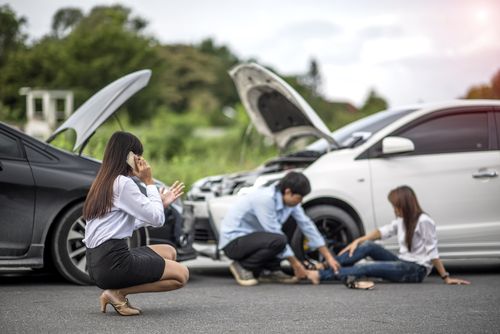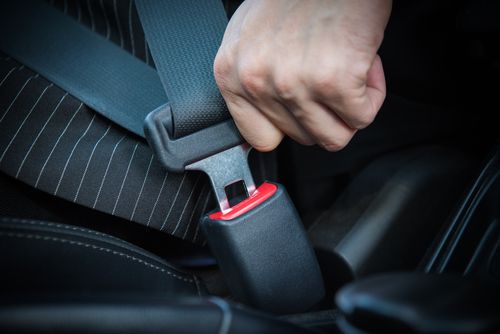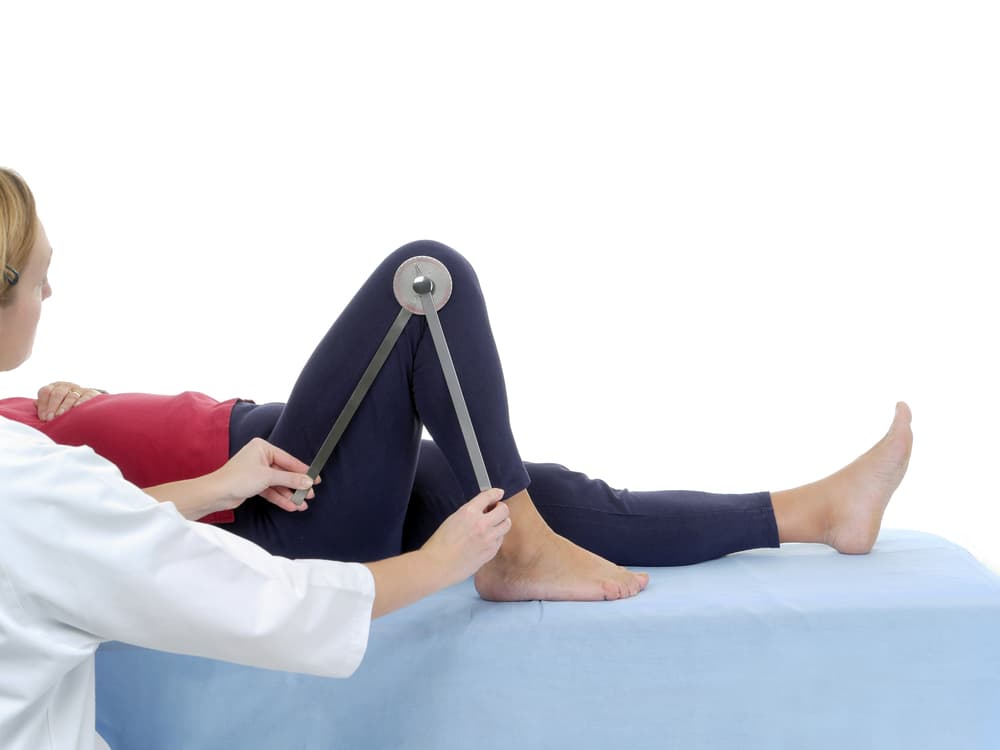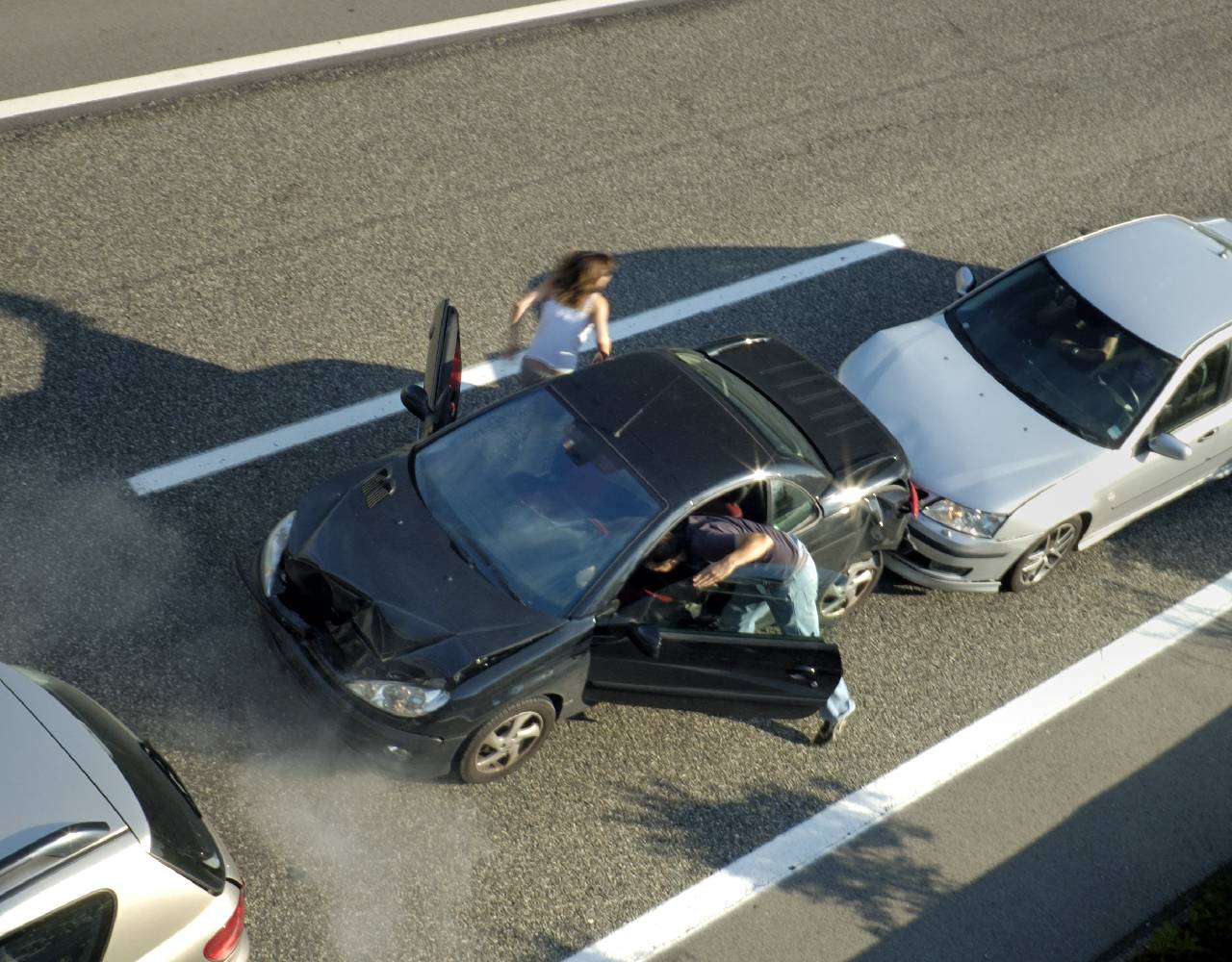
There are many different types of car accidents that can lead to serious injury.
Car crashes happen in many ways, but they can all cause serious injuries and fatalities. Knowing more about types of car accidents may help you build a stronger case to recover compensation after your crash.
According to the Insurance Institute for Highway Safety (IIHS), the most dangerous auto collisions include:
- Head-on crashes, which accounted for 58 percent of roadway fatalities
- Side-impact collisions, which caused 23 percent of fatal injuries
- Other types of accidents, primarily rollover crashes, which caused 14 percent of deaths
- Rear-end collisions, which accounted for 5 percent of fatal injuries
A car crash lawyer on Long Island can help you determine your best option for seeking the compensation you need and deserve after a crash. An attorney can explain how New York’s car insurance laws work and what you can do to recover the money you need to cover your medical care, income losses, and more.
For a free legal consultation, call 516-451-7900
Rear-End Collisions
A rear-end crash occurs when one driver slams into the rear of another. This is one of the most common types of car accidents, yet they cause a relatively low percentage of fatalities—primarily because many rear-end collisions occur at low speed. However, serious injuries are possible and do result from rear-end crashes.
Under New York law, the rear driver is generally automatically at fault in a rear-end crash.
The rear driver must follow applicable traffic laws to prevent the two main reasons why these collisions occur:
- Following Too Closely: Drivers are responsible for leaving enough stopping distance between themselves and other vehicles. When a driver follows too closely based on their speed, they cannot prevent a crash when the front vehicle must stop suddenly or another unexpected issue occurs.
- Failing to Notice Stopped Traffic: Distracted drivers who do not pay close attention to the traffic around them may not notice when other vehicles stop in front of them. Sudden stopping could occur because of heavy traffic, a red light, or another traffic signal. A disabled vehicle, crash, or lane blockage on the interstate are other common issues. Drivers have an obligation to pay close attention to all traffic around them to prevent a collision.
One of the most notorious injuries common in rear-end collisions is whiplash. Whiplash occurs when there is a rear impact and the occupants of the front car slam forward and then backward. This action whips the head back and forth, forcing the neck beyond its normal range of motion. Whiplash can injure the soft tissues of the neck and shoulders, including tendons, ligaments, muscles, nerve fibers, and more.
Of course, other injuries are also possible, especially in high-speed situations (such as when a driver fails to notice stopped traffic on the interstate). Traumatic brain injuries (TBIs), spinal cord injuries, fractures, and other serious injuries can occur in these crashes. Tractor-trailer truck drivers also commonly contribute to serious injuries in rear-end collisions.
Head-On Collisions
When two cars collide head-on, it creates one of the most dangerous situations for the occupants of both vehicles—especially when both are moving at high speed, such as in a wrong-way crash on a divided highway or interstate. The IIHS confirms that head-on collisions are the deadliest type of crash.
Head-on collisions can occur from:
- Going the wrong way on a one-way road
- Going the wrong way on a divided highway or interstate
- Crossing over the center line on a two-lane road
- Failing to stay within a lane because of distraction or drowsiness
- Veering into another lane while overcorrecting
Causes of Head-On Collisions
Most head-on collisions occur on two-lane roads, so they are more common in rural areas than urban ones. However, they can happen anywhere.
The most common causes of head-on collisions include:
- Distracted driving
- Falling asleep behind the wheel or drowsy driving
- Failing to consider weather conditions, such as snow, fog, or heavy rain
- Improper passing
- Drunk or drugged driving
- Passing in inappropriate areas
- Other violations of traffic laws
When two cars moving in opposite directions collide, it amplifies the forces of the crash. This is why head-on collisions are so dangerous for the occupants of both vehicles. They may suffer catastrophic injuries and have lasting disabilities as a result of the crash—if they survive.
Click to contact our personal injury lawyers today
Side-Impact Collisions
Side-impact collisions are the second deadliest type of crash, according to the IIHS—likely because there are few safety features that protect vehicle occupants from a side impact. While the addition of standard side airbags over the past two decades greatly reduces the risk of some injuries, side-impact crashes are still very dangerous.
Some people refer to side-impact crashes as T-bone collisions when one vehicle collides with the other at a 90-degree angle, forming a T shape.
These collisions most commonly occur when:
- A driver fails to yield while turning
- A driver disregards a traffic light, sign, or another signal
Sometimes, a T-bone collision causes the front of one vehicle to hit the door of the other vehicle at full speed. Therefore, a driver or passenger may be mere inches from the impact. While the front and rear of cars have many safety features to dissipate crash forces and help protect occupants, there is little room for this in the doors.
Injuries in Side-Impact Collisions
The injuries that commonly occur in side-impact collisions can affect almost any body part.
They include:
- Head trauma, including concussion and traumatic brain injuries (TBIs)
- Neck and back injuries
- Spinal cord injuries, including paralysis
- Internal injuries, usually to organs in the chest or abdomen (such as the heart, lungs, bladder, kidneys, liver, and spleen)
- Broken ribs
- Fractures and joint injuries on the side of the body where the impact occurred
Many victims of side-impact injuries require emergency department assessment, and some need hospitalization for treatment of serious injuries.
Complete a Free Case Evaluation form now
Rollovers
Rollovers occur when a vehicle turns on its side, top, or completely over during a crash. These incidents can be extremely dangerous for occupants, especially if they are not wearing seat belts. The vehicle may eject them as it rolls. According to the IIHS, there were nearly 7,200 deaths in rollover crashes in the United States in 2020 alone.
There are several ways that rollovers can occur, such as:
- A collision with another vehicle, guardrail, or object
- Fast maneuvers in a top-heavy vehicle
- Running off the road and rough terrain causes the vehicle to tip
The IIHS reports that most vehicles collide with something else before they roll. In 2020, this scenario accounted for 76 percent of fatal rollover crashes. The remaining 24 percent did not experience any impact before tipping and rolling.
Driving Behaviors That Can Cause Rollover Accidents
Many factors contribute to rollover accidents, but some of the most common include:
- Distracted driving
- Drunk or drugged driving
- Aggressive driving, such as speeding, weaving in and out of traffic, or passing on the shoulder
- Overcorrecting
- Lack of experience with the vehicle or the road
- Young drivers
- Poor weather that makes it difficult to see the edge of the road
- Fatigued driving and falling asleep behind the wheel
Rollover crashes can lead to many types of serious injuries. The details of the collision and the specific damage that occurs to the vehicle make a significant difference. Airbags can help with impact, but manufacturers do not design them to protect occupants in a quickly rolling vehicle.
Drunk, Drugged, Distracted, and Fatigued Driver Collisions
The state of the at-fault driver contributes to many types of car accidents.
In many cases, the careless or reckless motorist who causes a crash does so because of:
- Distracted driving
- Drunk driving
- Drugged driving
- Fatigued or drowsy driving
Distractions come in several forms: mental, visual, and tactile. Anything that takes your hands, eyes, or mind off the road ahead is a serious concern and may cause a crash. Drinking, using drugs, or not getting enough sleep can cause similar problems with driving safely and preventing a collision.
Proving the At-Fault Driver’s Negligence
If the driver who caused your crash and serious injuries was under the influence of drugs or alcohol, fell asleep behind the wheel, or used a cell phone while driving, evidence of their activities could support your claim or lawsuit, show their negligence, and help you recover compensation.
However, unlike other personal injury cases, you do not have to show conclusively that any of these issues led to your crash. You can recover compensation in a fault-based claim by showing that the driver violated a traffic law and caused the crash. In other words, having evidence they were texting and driving is great. But documenting that they ran a red light is what is essential to your case.
How Car Crash Cases Work on Long Island
Working with a car crash attorney after your serious injury accident on Long Island is the best way to ensure that you seek fair compensation based on the facts of your case. New York’s auto insurance laws are often confusing for crash victims, especially if they are fighting the at-fault driver’s insurer on their own.
The state of New York requires all drivers to carry no-fault personal injury protection (or PIP) coverage, which provides basic compensation for medical care and some lost income after an accident. PIP provides coverage up to the policy maximums.
Only those with serious injuries or whose medical bills exceed their PIP policy limits can pursue fault-based damages, according to the New York State Department of Financial Services.
Under New York law, you may have a serious injury if you suffered:
- A fracture
- A loss of pregnancy
- A loss of (or loss of use of) a body part, system, or function
- Another permanent, consequential injury
- An injury that causes you to miss out on your normal activities for at least 90 of the 180 days immediately following a collision
Filing PIP and Fault-Based Liability Claims
A car accident attorney on Long Island can assess your options for filing insurance claims. If you have serious injuries, they can file your PIP and fault-based liability claims and seek fair compensation for you based on your recoverable damages.
In a fault-based case, this may include:
- Medical bills and related costs
- Future care expenses, including ongoing support costs
- Income losses from time missed at work
- Reduced earning ability if you have permanent injuries
- Miscellaneous expenses (with documentation, such as receipts)
- Pain and suffering damages
Pursuing fault-based damages is key if you have significant, lasting injuries from your car crash on Long Island. This pursuit is the only way to recover pain and suffering and other non-economic damages in your case. Damages like these are not recoverable through a PIP policy claim.
Negotiating a Settlement or Filing a Lawsuit
Once your attorney determines that you can hold the negligent driver responsible for your crash, they will build the strongest possible case to prove the at-fault driver caused your accident. Next, they will demand fair compensation from their insurer. This often begins a series of settlement negotiations with the insurance company. In many cases, your attorney can secure a fair agreement for you through this process.
When a civil lawsuit is necessary, your legal team will handle this process from start to finish. An attorney can represent your best interests, tell your side of the story, and advocate for you in front of a judge and jury.
Under New York law, you generally have up to three years from the date of the collision to sue. However, exceptions to this statute of limitations could give you less time. Therefore, hiring an attorney as soon as possible is important.
Work With a Car Collision Attorney on Long Island to Recover Compensation
Having a seasoned personal injury lawyer on your side to explain your legal options and represent you throughout the legal process can make a difference in your financial recovery. You do not have to try to manage your collision case on your own.
Contact an attorney as soon as your injuries allow. Most law firms provide free case evaluations for crash victims and charge no upfront fees for their services. Find out more today.
